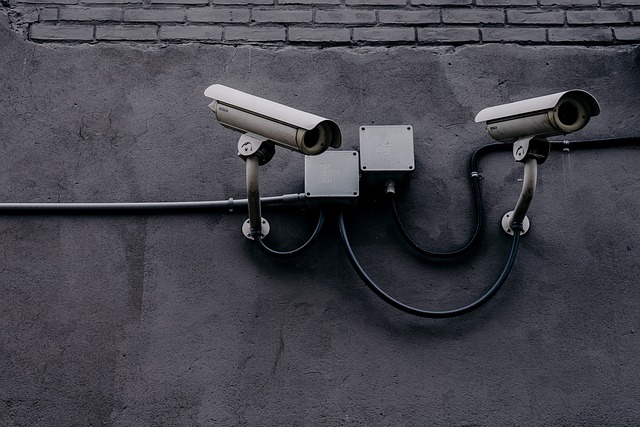
“Protecting Your Tech: A Comprehensive Guide to Device Security”
Protecting Your Tech: A Comprehensive Guide to Device Security
In today’s digital age, our devices are extensions of ourselves. From smartphones and laptops to tablets and smart home gadgets, these tools contain the very essence of our personal and professional lives. Whether it’s cherished photos, sensitive work documents, or private conversations, the importance of device security cannot be overstated.
Why Device Security Matters More Than Ever
The increasing sophistication of cyber threats means that no device is truly safe without the right precautions. Cybercriminals continuously evolve their tactics, exploiting vulnerabilities to steal identities, financial information, and even take control of devices. This is why every user must prioritize securing their devices, regardless of tech-savviness.
Start With the Basics: Strong Passwords and Authentication
The foundation of device security begins with robust access controls. Use complex and unique passwords for each device and account. Incorporate a mix of letters, numbers, and symbols, and avoid easily guessable information like birthdays or pet names.
Two-factor authentication (2FA) adds an extra layer of protection, requiring a secondary verification method beyond just a password. Many devices and services offer biometric options such as fingerprint scanning or facial recognition—tools that not only enhance security but also add convenience.
Software Updates Are Your Security Ally
Keeping your device’s operating system and software up to date is crucial. Software developers regularly release patches to fix security vulnerabilities that hackers might exploit. Enabling automatic updates ensures that your device stays protected without you having to remember to check manually.
Be Mindful of Public Wi-Fi and Network Security
While public Wi-Fi is convenient, it’s also a hotspot for cyberattacks. Use a trusted virtual private network (VPN) to encrypt your data when connecting on public networks. This simple step significantly reduces your risk of being intercepted by malicious actors.
Utilize Security Software and Tools
Install reputable antivirus and anti-malware programs to detect and neutralize threats. Complement these tools with firewalls to monitor and control incoming and outgoing network traffic. Many devices come with built-in firewalls—make sure they’re activated and properly configured.
Backup Your Data Regularly
Even the most secure device can fall victim to theft, damage, or hardware failure. Regularly backing up your data—whether to a cloud service or an external hard drive—ensures that you can recover your information without stress or loss. It’s a vital component of an effective device security strategy.
Physical Security Is Just as Important
Device security isn’t only about digital safeguards. Protect your devices physically by keeping them in secure places and never leaving them unattended in public. Use tracking features available on many smartphones and laptops so you can locate your device if it’s lost or stolen.
Final Thoughts on Building Your Security Mindset
Device security is not a one-time task but an ongoing commitment. Cultivating a security-conscious mindset means regularly evaluating and updating your defense strategies, staying informed about new threats, and adopting best practices. By doing so, you create a safer digital environment where your data and privacy remain intact.



